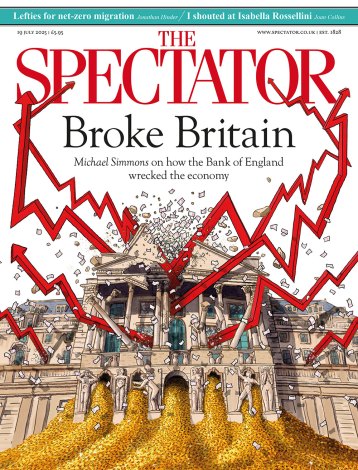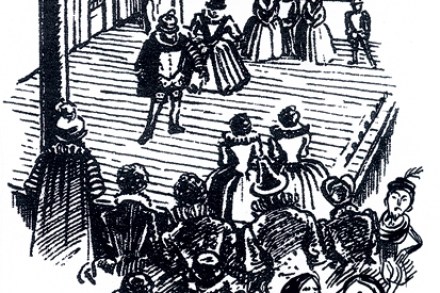Real life | 20 October 2016
After the Fawlty Towers incident, I decided it was best to research the origin and extraction of all future B&B guests on arrival, before the builder boyfriend got stuck in. You may remember that he accidentally on purpose got a piece of gaffa tape caught on his top lip and held some ceiling felt at a jaunty angle during the stay of the Airbnb customers from Bavaria. Thankfully, they were in another room and didn’t see but I had to shush him because he was making a bad job of whispering, ‘Don’t mention Brexit! I mentioned it once but I think I got away with it!’ A girl from Taiwan









